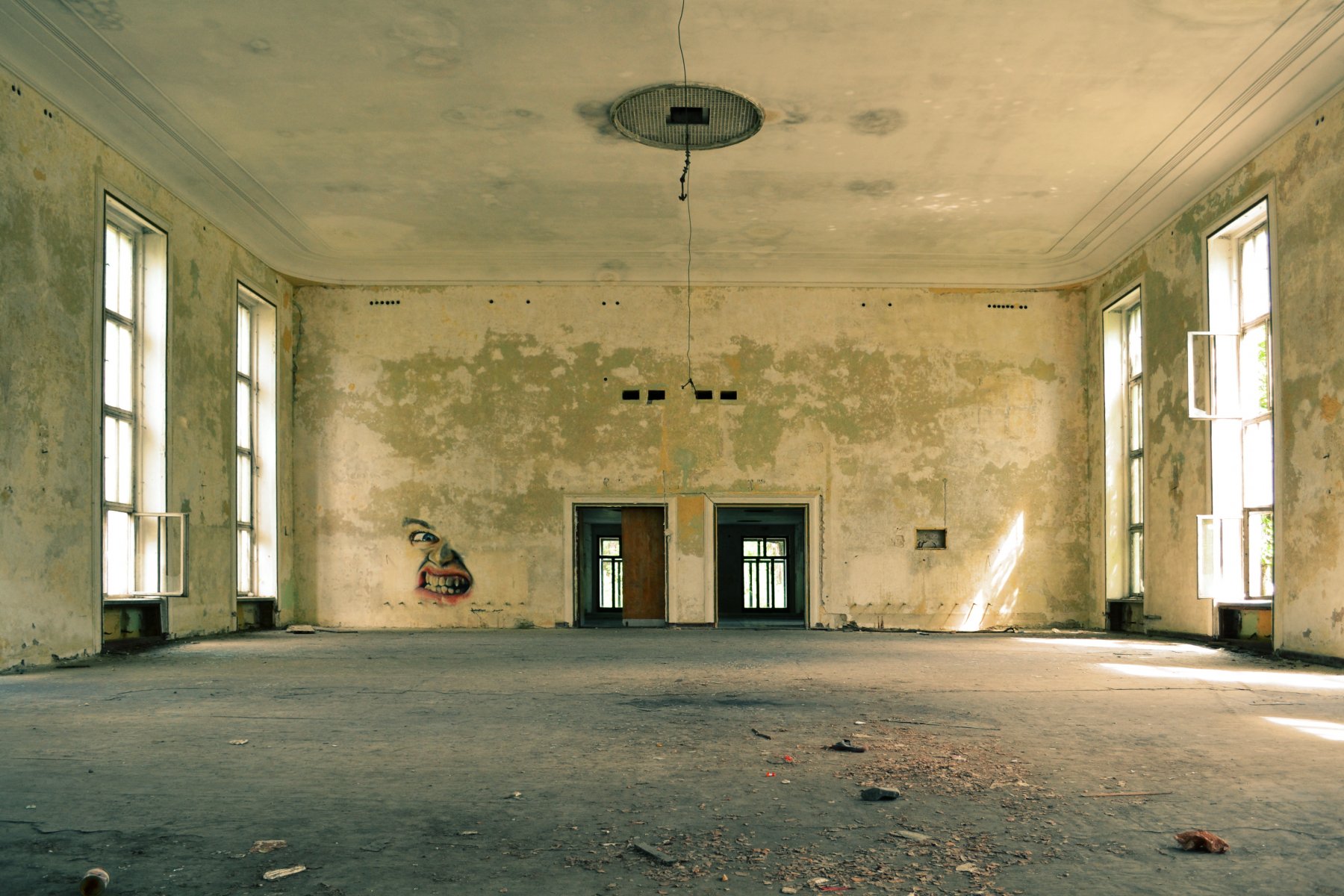Guest Post by Bret Engle

There’s a romantic lure behind the fixer-upper — buying an old, rundown house that nobody wants and with your bare hands, transforming it into your dream home — or a tidy profit! However there’s a downside, too, and many eager DIYers bought houses that ended up costing much more than they expected in repairs. To get this right, you need to find the right place, bring in the right people, and, yes, be willing to put a lot of work in yourself. Here’s what’s ahead of you.
The Buying Process
The buying process is more time-consuming and more expensive when you’re after a fixer, because you need to have more inspections done. First, you’ll check out some of the prices of homes that will need some work. For example, the average listing price for a fixer-upper home in Catonsville, Maryland is $150,000.
Secondly, you’ll need to have the house inspected by professional, ideally one with a background in building. You’ll also need to bring in a contractor so that you can get a quote on repairs before you put in your bid — and expect to pay 10-25 percent more than this quote due to unexpected surprises. If the house has serious flaws, such as roofing or structural problems, don’t let the cheap price tag fool you — such issues will eat into your profits and possibly eliminate them entirely. As Inman.com puts it, the best fixer to go for is “grandma’s house” — a place that has been maintained well, but is full or out of date with worn furniture.
Bringing in Contractors
It can be easier to hire a general contractor to help plan your renovations, because they can manage all subcontractors such as electricians and plumbers themselves and give you an overall bill. However, a general contractor will charge a fee, and according to Building Advisor, this could be as high as an extra 25 percent. If you’re organized, financially savvy and a good negotiator, you could save money by acting as your own general contractor and sourcing subcontractors yourself. However, if you’re a first-time buyer, your inexperience will probably shine through at some point, potentially costing you a little extra money or time as a result. You might be best bringing in a general contractor, at least for your first fixer, and try it yourself on the next one.
DIY Repairs
Make a list of all the work you need and want to do in the house — if you’ve had a contractor in, they will be able to help you with this. Then, order the list in terms of the jobs you’ll need to do first. Of course, structural work needs to come first, along with anything that’s “out of sight” — ductwork, plumbing, electrical — that sort of thing. Then go down the list and tick off whatever you’re willing and able to do yourself.
Remember to buy any tools you’ll need to complete this work including sanders, drills and jigsaws. Note that if you plan on living in this home, you’ll need to get the basic facilities up and running as soon as possible, as well as a bedroom to sleep in.
Making a Profit
There are two ways to make money from your home — sell it, or rent it out. First, find out if renting will be profitable — take the average rent price in your area, and deduct mortgage, insurance, taxes and other fees from that. Are you left with enough profit to make the venture worthwhile? Keep in mind, there’s a time commitment, too — you’ll have to manage repairs, advertise rooms and deal with your tenants.
Another factor to consider is the current housing market situation. If prices are booming, you might be best selling now to take advantage of this. Plus, you’ll then have a good chunk of cash to put towards another house right away.
Take Your Time
One of the biggest mistakes you can make when getting a fixer is to rush in. Don’t be pressured by sellers and make sure all the relevant inspections have been completed before you make a bid. If you’re patient and willing to put in the work, you’ll have a much higher chances of success with your project. Good luck!
